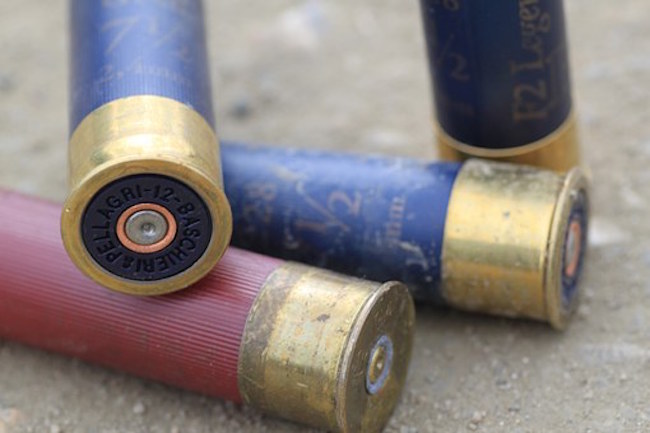Bullet Proofing Walls | Resistant Wall Construction by for Modern Survival Blog
Bullet proofing walls and the design thereof. It should be done by a professional within the “hardened structures” industry.
With that said, this article originally published during 2014. It received excellent and informative discussion which I suggest you read down in the comments below.
The basis for the original post came from an online report (forgot how / where I found it). It covered various techniques being considered for bullet resistant wall construction for the city of Boulder, Colorado. One of which I briefly outlined below.
In particular they were looking for economical solutions (though apparently less than ideal).
It inspired lots of discussion. In particular pointing out one major flaw in the specific technique described (read on to discover it). As well as excellent alternative ideas, some from professionals in this industry, and some references to “bullet proof wall cheap” (using sand or gravel). At least “cheap” comparative to other techniques.
So I will segue to the OP which is as follows, which may inspire further discussion.
For those concerned about their security in this regard (bullet resistant wall construction). This is one technique using poured concrete.
Bullet Proofing Walls With Poured Concrete
(actually, we’re talking about bullet resistance)
“Based on these tests, it is my professional recommendation, when practical, that we utilize the combination of Oriented Strand Board (OSB) and concrete. For new construction this combination appears to offer the best results at a cost far less than the commercially available ballistic fiberglass.”
There are many ways to build a bullet resistant wall. Or to beef up the resistance to slow or stop a bullet. This particular recommendation was made to the city of Boulder following a series of bullet penetration tests conducted by the city facility manager there.
He concluded that the best bullet resistant wall construction (versus cost)would be poured concrete filling the cavity between 2″X4″ studs, using 1-1/8″ OSB (oriented strand board) fastened to both sides, followed by 5/8″ Gypsum.
The OSB would be screwed to to the 2×4’s and used as a material strong enough to hold the poured concrete. Then apparently left in place afterwards as an integral part of the wall. The Gypsum (drywall) is fastened for the interior wall aesthetic appearance.




